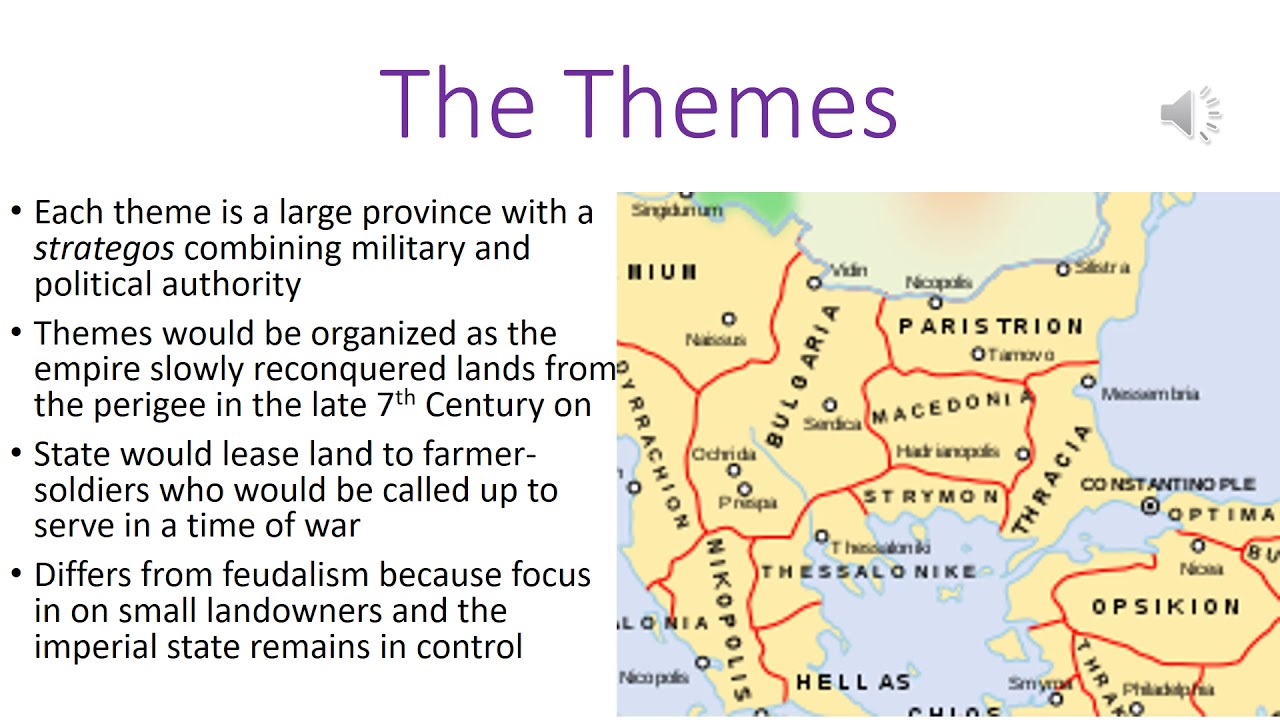The drama of Byzantium’s last centuries was played out to the accompaniment of internal decay. Alexius I Comnenus had captured the throne in 1081. Thereafter the imperial accumulation of land seems to have gone unchecked.
With the weakening of the central government and the emergence of the local magnates, a form of feudalism became the characteristic way of life, as free peasants increasingly were forced by economic decline to sell their lands to the great landowners and sink into serfdom. Severe depopulation of the countryside followed, while in the cities imperial police officials or local garrison commanders acted as virtually independent rulers.
Economic ruin and social misery mounted steadily in the twelfth century. The tax collectors demanded food and lodging, presents and bribes. They would seize cattle on the pretext that they were needed for work on state projects, and then sell them back to the owners and keep the money for themselves. Irregular taxes for defense gave further chances to oppress the population. With the decline of the navy, piracy became a major problem. The coasts of Greece and the Aegean islands became nests of raiders, preying not only on merchant shipping but upon the population on shore.
In 1171 Emperor Manuel I Comnenus made a desperate effort to rid the capital of Venetian merchants by suddenly arresting all he could lay his hands on in one day; more than ten thousand were imprisoned. But the economic hold of Venice was too strong, and the emperor was soon forced to restore its privileges. In 1182 a passionate wave of anti-Latin feeling led to a savage massacre of thousands of Westerners living in Constantinople.
In 1185 the Normans of Sicily avenged the Latins by sacking Thessalonica. The last of the Comnenian dynasty, Andronicus I (r. 1182-1185), was tortured to death by the frantic citizens of Constantinople as the Norman forces approached the city walls. The weak dynasty of the Angeloi succeeded, and in 1204 Constantinople fell to the West.

